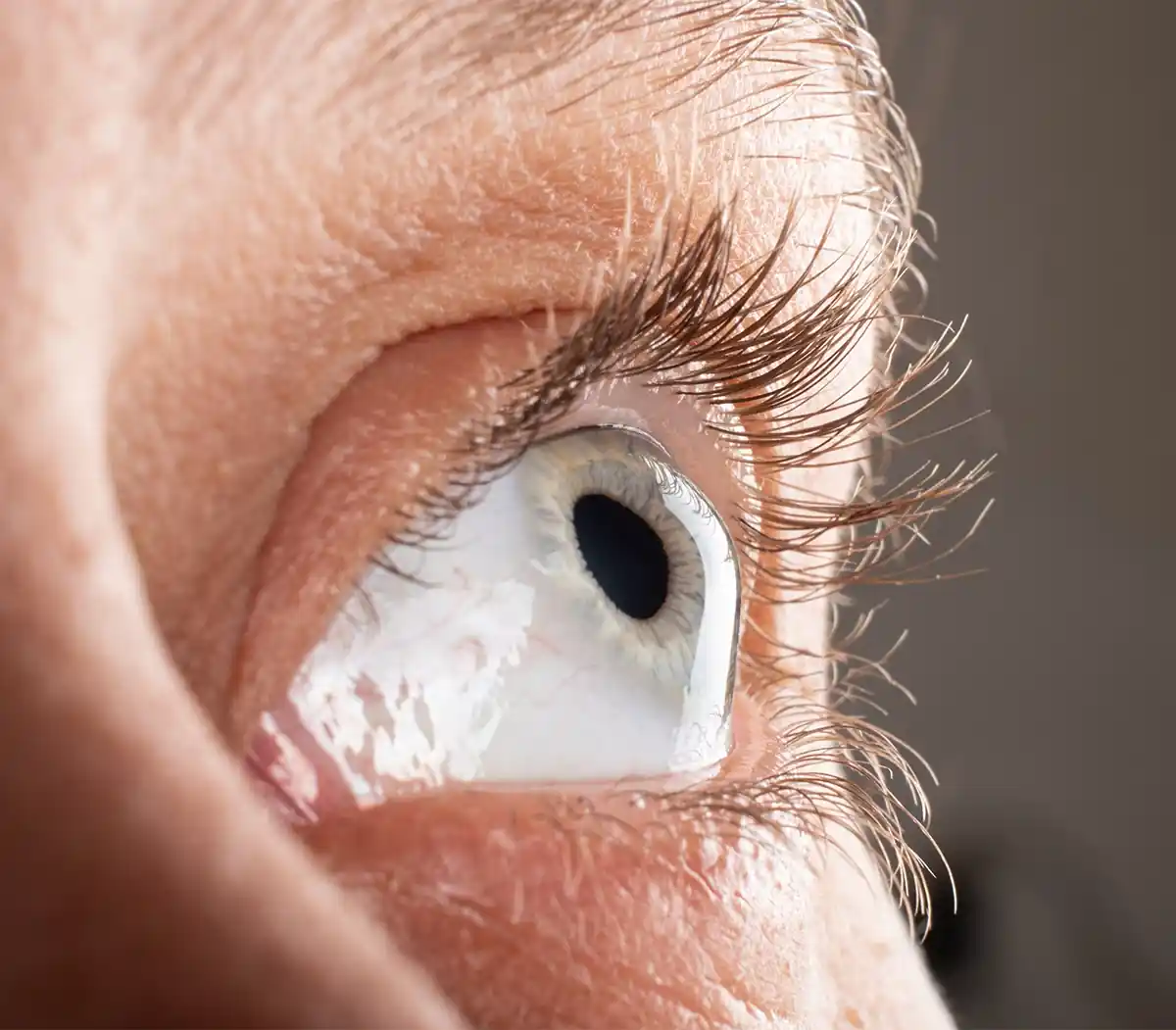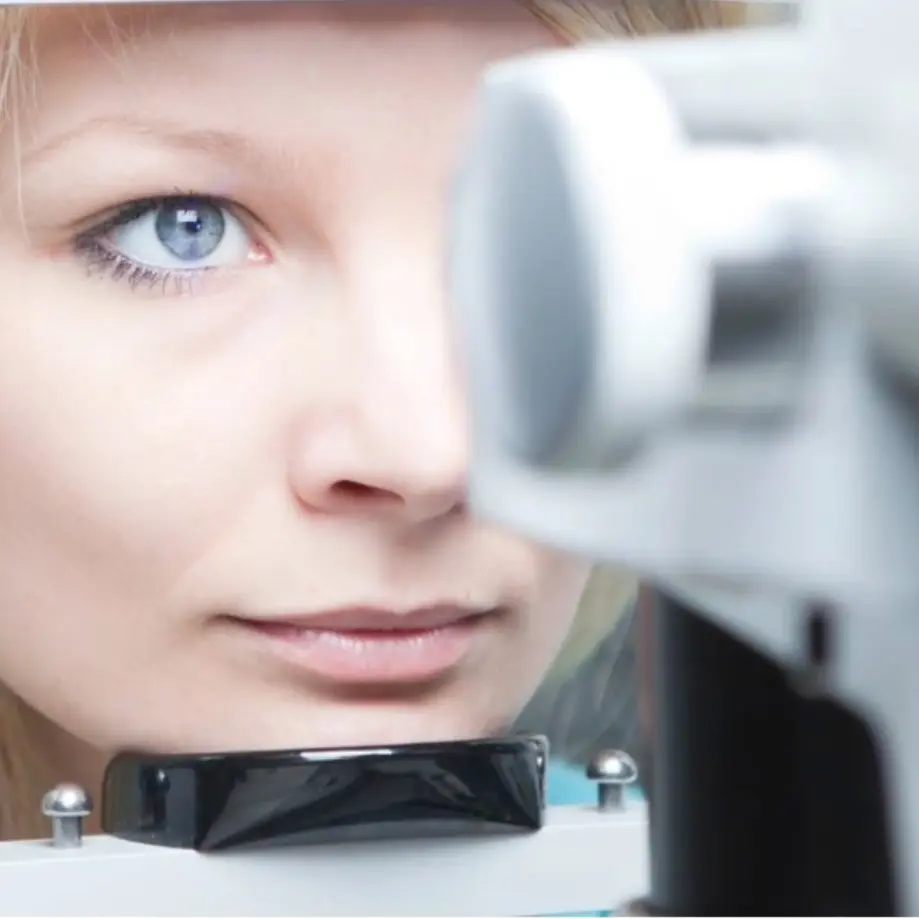
Keratoconus
Keratoconus is the gradual thinning and outward bulging of the cornea into a cone shape. This progressive eye condition usually affects both eyes by thinning the corneas from that of a normal rounded dome-shape into one that has a cone-shaped bulge.
The cornea is the clear, central part of the surface of the eye. In those patients with keratoconus, the cone-shaped cornea deflects light and causes distorted vision.
Causes of Keratoconus
Although many theories have been proposed, there is no definitive cause of keratoconus. Possible causes include:
- Genetics
- A collagen deficiency
- Overexposure to ultraviolet rays from the sun
- Excessive eye-rubbing
- Allergies
- An injury to the eye
- Diseases of the eye

Symptoms of Keratoconus
Keratoconus often begins to develop in the teen years to the early 20s, although it can develop at any age. Changes in the shape of the cornea occur gradually, usually over several years. In most patients with keratoconus, both eyes eventually become affected.
Keratoconus can be difficult to detect because it usually develops very slowly. Signs and symptoms of keratoconus may include:
- Distorted and blurry vision
- Increased nearsightedness, or myopia
- Astigmatism
- Double vision
- Halos around bright lights
- Frequent changes in eyeglass prescription
- Inability to wear contact lenses
- Headaches due to eye strain
- Glare
- Light sensitivity

Diagnosis of Keratoconus
After a thorough examination of the eyes, the doctor will measure the curvature of your cornea to determine whether these symptoms are a result of keratoconus. Some of the tests that will be conducted may include:
- Keratometry
- Corneal mapping or topography
- Measurement of vision
Treatment for Keratoconus
In the early stages of keratoconus, glasses or soft contact lenses may help to correct the nearsightedness and associated astigmatism. As the condition progresses and the cornea becomes thinner, more advanced treatment is required.

Rigid Gas Permeable (RGP) Contact Lenses
If eyeglasses or regular soft contact lenses cannot control keratoconus, rigid gas-permeable contact lenses are usually the preferred treatment. The rigid lens covers the cornea, replacing the cornea’s irregular shape with a smooth, uniform refracting surface, improving vision. RGP lenses can be less comfortable to wear than soft lenses and fitting contact lenses on a cornea with keratoconus can be a challenge. Frequent doctor visits may be necessary to fine-tune the fit and prescription of RGP lenses, especially if keratoconus continues to progress.
Intacs® Corneal Implants
Intacs are small implantable rings inserted into the mid-layer of the cornea to flatten it, changing the shape and location of the cone. Intacs may be needed when the distorted vision from keratoconus can no longer be corrected with contact lenses or eyeglasses. The implants are able to be removed and exchanged as needed. Intacs can only delay the need for a corneal transplant, not prevent it, if the keratoconus continues to progress.
Corneal Transplant Surgery
A corneal transplant may be recommended for patients with advanced keratoconus, when other treatment methods fail to provide clear vision. This occurs in 10-20% of patients with keratoconus. In corneal transplant surgery, the diseased cornea is removed and replaced with a donor cornea. Healing can take up to a year with a low rate of rejection.
Schedule an Appointment
Contact us to schedule an appointment.
The doctors at Cincinnati Eye Institute have either authored or reviewed the content on this site.




















































































